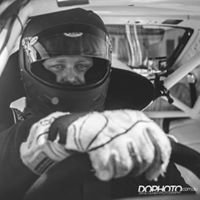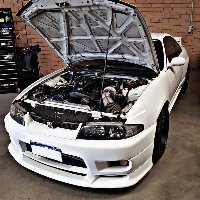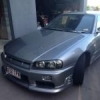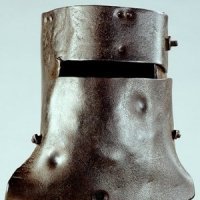Aftermarket BOV, performance or wank factor
Announcements
-
Similar Content
-
Latest Posts
-
Last couple of days it has been a "best of" collection of Leonard Cohen, ditto for Tracey Chapman, and Triple J's Like a Version Anthology 1-5. The first two are pure poetry.
-
...very much sounds like it ~ my subaru does the same noise & I know it's heat shield lose around CAT doing it...
-
At those revs guess is the cam belt is loose & hitting the cover, I can't watch the video at the moment though.
-






Recommended Posts
Create an account or sign in to comment
You need to be a member in order to leave a comment
Create an account
Sign up for a new account in our community. It's easy!
Register a new accountSign in
Already have an account? Sign in here.
Sign In Now